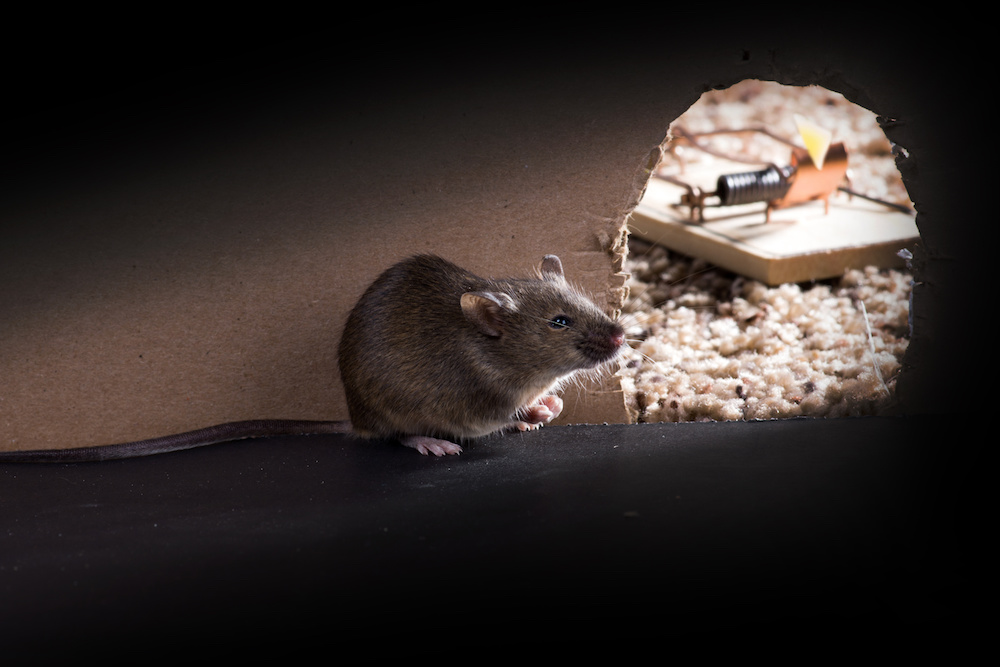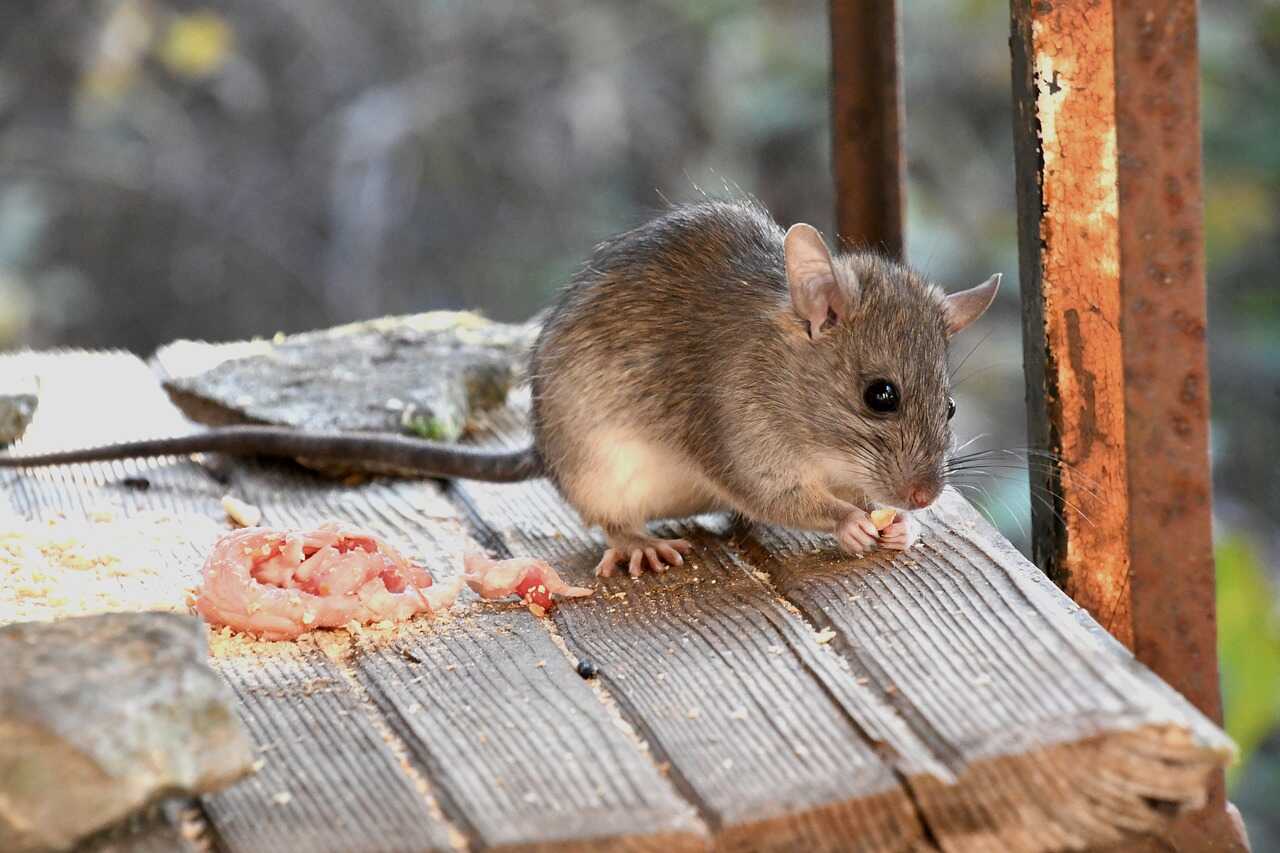Plant-Based Mouse Repellent Pellets: A Safer Solution for Your Home
Share
In today's eco-conscious world, many homeowners are increasingly turning to natural solutions to address common household problems. One such issue is the presence of mice in the home, which can be both a nuisance and a health hazard. Traditional methods of pest control often involve harsh chemicals, which can be harmful to both humans and the environment. This has led to a growing interest in plant-based mouse repellent pellets, a safer and more environmentally friendly alternative.
These innovative pellets offer an effective way to deter mice without resorting to toxic substances. In this article, we will explore the benefits of using plant-based mouse repellent pellets, how they work, and why they might be the right choice for your home.

Why Choose Plant-Based Mouse Repellent Pellets?
There are several compelling reasons to consider using plant-based mouse repellent pellets in your home. First and foremost, these products are made from natural ingredients, which means they are safe for use around children and pets. Unlike chemical-based repellents, they do not pose a risk of poisoning or other adverse health effects.
Additionally, plant-based mouse repellent pellets are often biodegradable and environmentally friendly. This means that they break down naturally over time, reducing their impact on the environment. For those looking to maintain a green home, this is an important consideration.
Another key advantage is their ease of use. These pellets can be easily scattered in areas where mice are most likely to enter, such as basements, attics, and kitchens. They emit a scent that is unpleasant to mice but undetectable to humans, effectively keeping the rodents at bay without causing any discomfort to the home's occupants.
How Plant-Based Mouse Repellent Pellets Work
The effectiveness of plant-based mouse repellent pellets lies in their use of natural ingredients that are known to repel mice. These ingredients often include essential oils such as peppermint, eucalyptus, and citronella. These oils have strong scents that are offensive to mice, deterring them from entering treated areas.
When the pellets are placed in strategic locations, they create a barrier that mice are reluctant to cross. The scent emitted by the pellets overwhelms the rodents' sensitive olfactory systems, making it difficult for them to navigate and find food sources within your home. This encourages them to seek more hospitable environments elsewhere.
Comparing to Traditional Methods
While traditional methods like traps and poisons are still widely used, they come with several drawbacks. Traps can be dangerous, especially in homes with small children or pets, and poisons can inadvertently harm non-target animals. Moreover, these methods often result in the death of the mouse, which is a concern for those who prefer more humane solutions.
In contrast, plant-based mouse repellent pellets offer a non-lethal alternative that repels rather than kills. This aligns with the growing trend towards humane pest control solutions and allows homeowners to address their rodent problems without resorting to potentially harmful measures.
Choosing the Right Plant-Based Mouse Repellent Pellets
With a variety of options available on the market, selecting the right plant-based mouse repellent pellets can seem daunting. However, by considering a few key factors, you can ensure you make an informed choice.
First, look for products that list their ingredients clearly. This transparency is a good indicator of quality and allows you to verify that the product is truly plant-based. Additionally, consider the concentration of the active ingredients; higher concentrations are typically more effective at repelling mice.
It's also worth checking customer reviews to see how well the product has worked for others. Online reviews can provide valuable insights into the effectiveness of the pellets in real-world scenarios.
Additional Tips for Preventing Mice
While plant-based mouse repellent pellets are a powerful tool in the fight against mice, they are most effective when used as part of a comprehensive pest management strategy. Here are a few additional tips to help keep your home mouse-free:
1. Seal entry points: Mice can squeeze through very small openings. Inspect your home for cracks and gaps, and seal them with caulk or steel wool.
2. Keep your home clean: Regularly cleaning your home and removing food debris can reduce the attractiveness of your home to mice. This includes keeping food in sealed containers and promptly cleaning up spills.
3. Use traps strategically: While plant-based mouse repellent pellets are effective, combining them with other methods like traps can increase your chances of success. Place traps in areas where you notice signs of mouse activity.
For more tips on preventing mice, check out Healthline's guide on natural mouse prevention.
Conclusion
With their combination of safety, effectiveness, and environmental friendliness, plant-based mouse repellent pellets are an excellent choice for those looking to protect their home from mice without resorting to harsh chemicals. By using these pellets as part of a broader pest management strategy, you can enjoy a mouse-free home in a way that aligns with your values.
For more eco-friendly pest control products, explore our best organic rodent control products.

FAQ
Are plant-based mouse repellent pellets safe for pets?
Yes, these pellets are designed to be safe for use around pets. However, it's always a good idea to monitor your pets and ensure they do not ingest the pellets.
How long do the pellets remain effective?
The longevity of the pellets' effectiveness can vary depending on environmental conditions. Generally, they should be replaced every 30 to 60 days for optimal results.
Can plant-based mouse repellent pellets be used outdoors?
Yes, they can be used in outdoor spaces such as gardens and sheds. However, you may need to replace them more frequently due to weather conditions.
